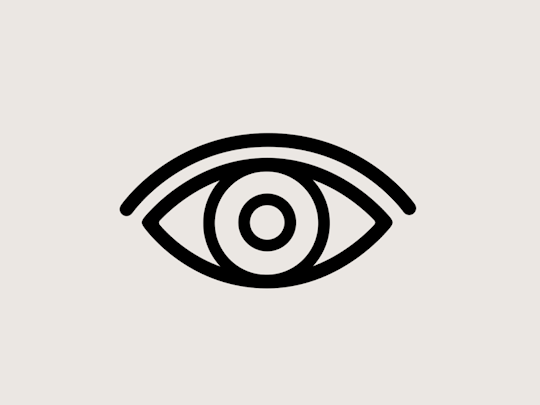Design can influence your action. Just as content can manipulate your opinion. What if we added more ethics in our designs? Out of respect for our users, simply.
A little more ethics in the digital world is seeing the human behind the consumer. A consumer jostled between influence techniques that manipulate him and increasing information on these strategies of marketers.
GAFAM versus GDPR: the legislative response
The Cambridge Analytica scandal, the first ethical scandal of the digital world: the theft of our data is a reality! Cambridge Analytica has collected data from millions of Facebook users.
Facebook has finally admitted, barely a year ago, collect data on our profiles. But it’s not just Facebook that knows a lot about us. The targeted ads come from your collected information and behaviors adopted on Google, Amazon, etc…
Are we saved by the General Data Protection Regulation (GDPR)? Arrived in May 2018, the General Regulation on data protection advocates to collect the consent of Internet users for the collection of their data. The GDPR is fine, but the data collected before the consent, they have not disappeared.
The design, far from innocent
They steal our data and they manipulate our behavior. This is the news that will plummet your day.
Manipulated me? Never! And yet, you are. This famous design of attention or persuasive design pushes you to action or reaction. Whoever has never clicked on a “click here” raises the finger! And have you never filled your cart on e-commerce following a button “outstanding promo of the day just for you now”?
Because the designers, pushed by the industry, know how you work. They use algorithmic tricks to capture your attention, suck up your data and get you moving. With a hint of industrial psychology and marketing techniques, you’ll crack or click.
We needed a little ethics in this world. It is also necessary to make accept in his company or to his client, that sense of the business and moral sense can go together.
When the designers associate themselves in favor of the ethics
Faced with some drifts, several movements and associations of “ethical design” were born. A movement like EFD that wants you good. Their goal is to understand the challenges of responsible digital design.
What do they mean by “responsible” design? Mainly taking into account, at each phase of a project of:
*The environmental aspect.
*The social aspect.
*The fairness.
*The accessibility aspect.
*The human aspect.
Because ethics encompasses all these aspects. From the perspective of responsible attention, the social enterprise Ind.ie collective has even created an “Ethical Hierarchy of Needs” and help us avoid the addictive features of a digital service. Because yes, addiction can ruin hours of life.
Humans at the center of concerns rather than the consumer side? This is the priority of ethical design. A human, a consumer who also has a sense… critical.
to whom lack of ethics benefits?
The consumer knows his power of action. It boycotts brands whose values and ethics do not match. Down with the liars, the impostors, the disrespectful of the environment and the exploiters of the human resources.
More and more consumers are asking digital actors to be accountable. Whether at their level of:
- Their energy consumption.
- Their use of raw materials.
- Their consumption model (design sustainable, less throw, repair, recycle,…).
- Their moral value (less manipulation, more transparency, fair trade…).
Ethics, sobriety, and priorities
It is impossible to speak about ethics without mentioning the environment and sobriety. The digital would have a positive impact on the planet (less travel since we meet by Skype). but ,each year, more than billion of smartphones are produced (and destroyed) to enable us to use this technology.
Greenpeace is asking manufacturers and GAFAM to make efforts for a green internet. A project like the shift project urges us to digital sobriety. Let’s go. Sobriety, the ethical design would be the development of our interfaces that is adding meaning to our content.
And if, as Ellie Sloïm pointed out at the Kontinüum symposium, we were simply trying to establish a relationship of trust with our target and to meet a need? Is not this the true ethic and the true meaning of our professions?
